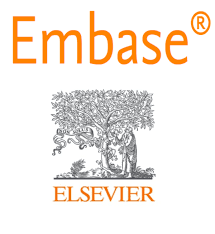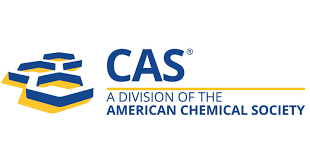COMPARATIVE STUDY OF ALLERGENIC HYPERSENSITIVITY PROFILE IN CONTROLLED AND POORLY CONTROLLED ASTHMA
Keywords:
Asthma, uncontrolled asthma, allergenic hypersensitivityAbstract
Context/Background:
Introduction : Asthma is a chronic inflammatory airway disease with variable
symptoms and airflow limitation, affecting 1–18% of the global population.Allergic
asthma is the most common phenotype, often linked to IgE-mediated sensitization to
environmental allergens.
Identifying allergen sensitization patterns is essential for understanding asthma
control and tailoring effective management strategies.
Aims/Objectives:
To study the allergenic hypersensitivity profile in controlled and poorly controlled
asthma patients attending the Allergy and Immunology Clinic of the National
Institute of TB and Respiratory Diseases.
Methodology:
This hospital-based cross-sectional study was conducted on a total of 223 patients
with asthma and other allergic disorders who were referred to the allergy clinic
during the study period from October 2017 to September 2018. Among these, 151
were asthma patients. Out of this, 70 asthma patients were recruited. Among the 70,
55 were atopic and 15 were non-atopic, as diagnosed by skin prick test (SPT). The
non-atopic patients were excluded. Among the 55 atopic asthmatics, 21 were
controlled and 34 were uncontrolled according to the ACT score.
Results:
There was no correlation between age, sex, peripheral eosinophil count, and total IgE
level in controlled versus uncontrolled asthma. Insects were the most common indoor
allergens, with cockroach being the most prevalent—male (52.7%), female
(45.5%)—followed by house dust mite (38.2%). Pennisetum and Prosopis pollens
were significantly associated with uncontrolled asthma. Fungal sensitization, as a
rule, was associated with uncontrolled asthma.
Conclusions:
Combinations of fungus with either cockroach, pollen, or all three were responsible
for most cases of uncontrolled asthma.
.png)









